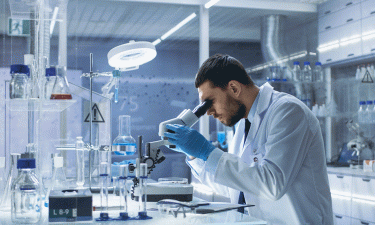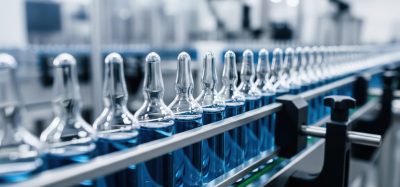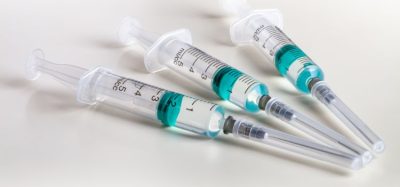Developing new antibiotics – essential research should not be a question of money
Posted: 10 October 2019 | Johannes Suciu (Hager Unternehmensberatung) | 1 comment
Why has the pharma industry and its talents lost interest in developing new antibiotics?


Every year about 700,000 people worldwide die as a direct consequence of an infection due to multi-resistant pathogens. Even in Europe where medical standards are high, the death toll has risen from 25,000 to 33,000 over the last decade. The healing capability is likely to continue to deteriorate and antibiotic resistance will become an increasing threat.
…a new sales system is needed which uncouples the profit from the application of the antibiotics”
Currently, only four of the top 25 pharma companies (revenue Q2/2019) are developing new antibiotics: GSK (GlaxoSmithKline, UK), Roche (Switzerland), MSD (Merck & Co, US) and Otsuka (Japan). Most of these companies have discontinued their antibiotic development programmes – including Novartis and Sanofi. Both stopped the research and development of antibiotics in the last 14 months. Even a representative from J&J (Johnson & Johnson, US), said on the German television broadcast “Tagesschau”, they have “no further antibiotics in development”.
This trend is likely due to a lack of financial rewarding and the correlated loss of innovation. The expected net value of new antibiotics is much lower compared to drugs for other indications. Subsequently, pharma companies only invest a fraction of their total budget into the research and development of antibiotics. For example, GSK has only invested $1 billion of $43 billion research funds into the development of new antibiotics in the last 10 years.
Furthermore, most antibiotics in use are generics. In Germany, for example, 97 percent of ambulant treated patients and 92 percent of stationary patients receive generic antibiotics. Therefore, there is little interest left in developing new antibiotics.


Currently, 42 new antibiotics (small molecules) with the potential to cure serious bacterial infections are in clinical development. Only four of these new drug applications are submitted, 11 are in Phase III, 12 are in Phase II and 15 are in Phase I. The goal of the GARDP (Global Antibiotic Research and Development Partnership) is to develop five new antibiotics before 2025 – a highly ambitious goal when you consider a development time of about 12 years and a statistical approval rate of one out of five after human testing.
For antibiotics, a new sales system is needed which uncouples the profit from the application of the antibiotics. Governments need to offer incentives for the research and development of new antibiotics in the fight against multi-resistant pathogens. To counteract the current trend, it is important to fund and motivate talents to work in the field of new antibiotic development.
About the author
Johannes Suciu is Business Unit Manager for the industry Life Science at Hager Unternehmensberatung. He has many years of professional experience in filling executive positions in the life science and chemical industries, with a background in personnel development, coaching and recruiting.
Related topics
Antibiotics, Big Pharma, Drug Development, Drug Manufacturing, Industry Insight, Manufacturing, Research & Development (R&D)
Related organisations
GlaxoSmithKline (GSK), Johnson & Johnson (J&J), MSD, Novartis, Otsuka, Roche, Sanofi










I have canvassed for many years, the fact that the Patent system was designed to give a 20 year monopoly. It was assumed that a patented invention would be ready to market.Today, in the pharmaceutical industry,it typically affords less than an 8 year monopoly, often less. Since the reason is imposed testing, the research pharmaceutical industry is disadvantaged. To rub salt into the wound, the originating company then has to present to the generic companies the results of the very testing which caused the delay in marketing. I have repeatedly suggested that either a) a pharmaceutical patent ought to take account of half the minimum possible delay to the market caused by imposed testing b) half of the assessed minimum time to marketing (this would take account of the differences between product categories, but would be more difficult to establish or c) the generic company would need to pay the originating company a standard royalty (7%?) in lieu of the need for their safety and efficacy testing, in perpetuity. This would then give the originating company some reward for drugs which have shown their value to the community for decades, e.g. metformin, ampicillin, ibuprofen. It would be particularly beneficial for antibiotics. I have no axe to grind, having represented generic companies in litigation for many years. It would add very little cost to generic drugs, and would provide incentive for research Pharma to develop those drugs. Needless to say these suggestions have gone down like a lead balloon with lawyers. such as antibiotics